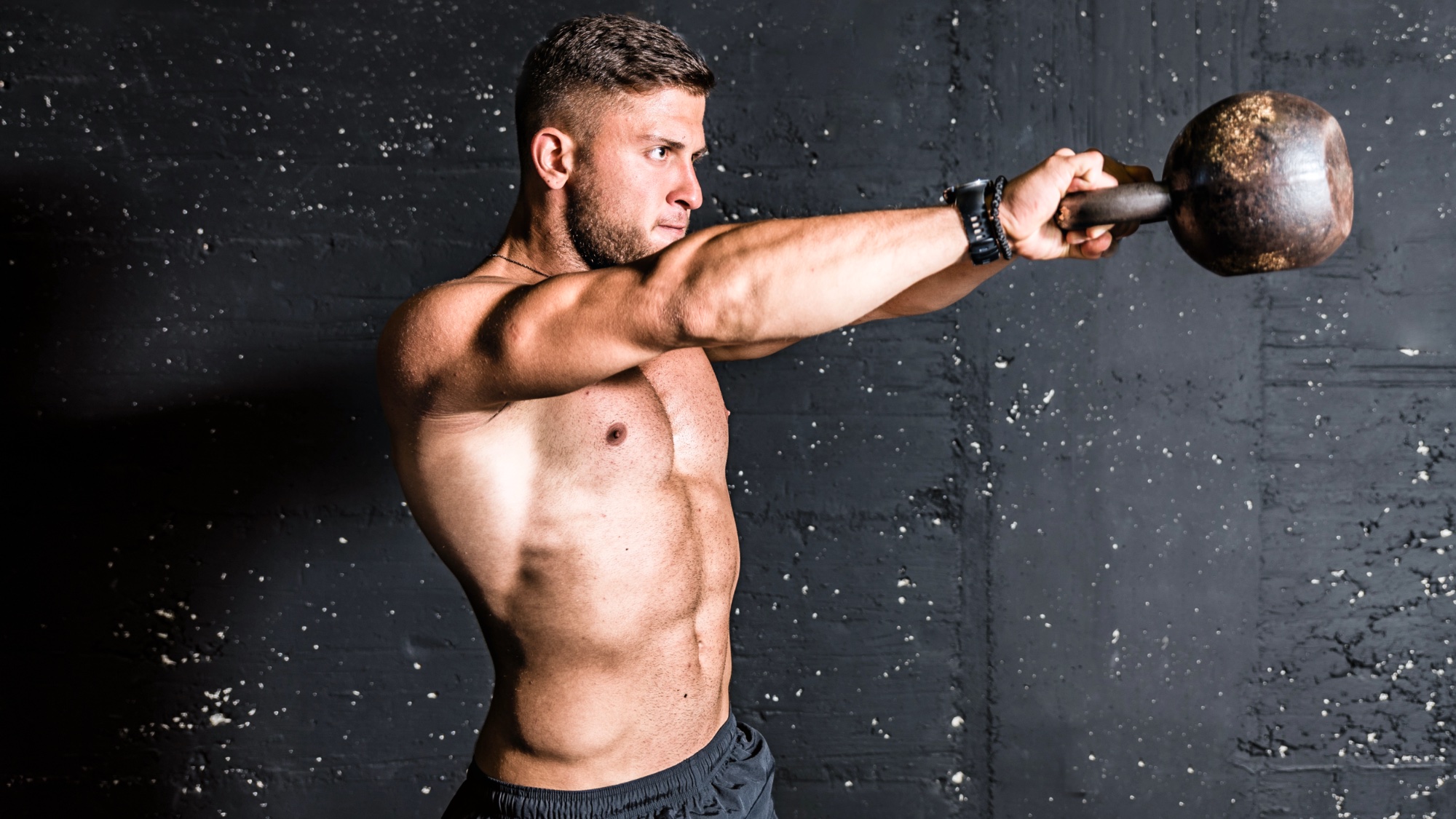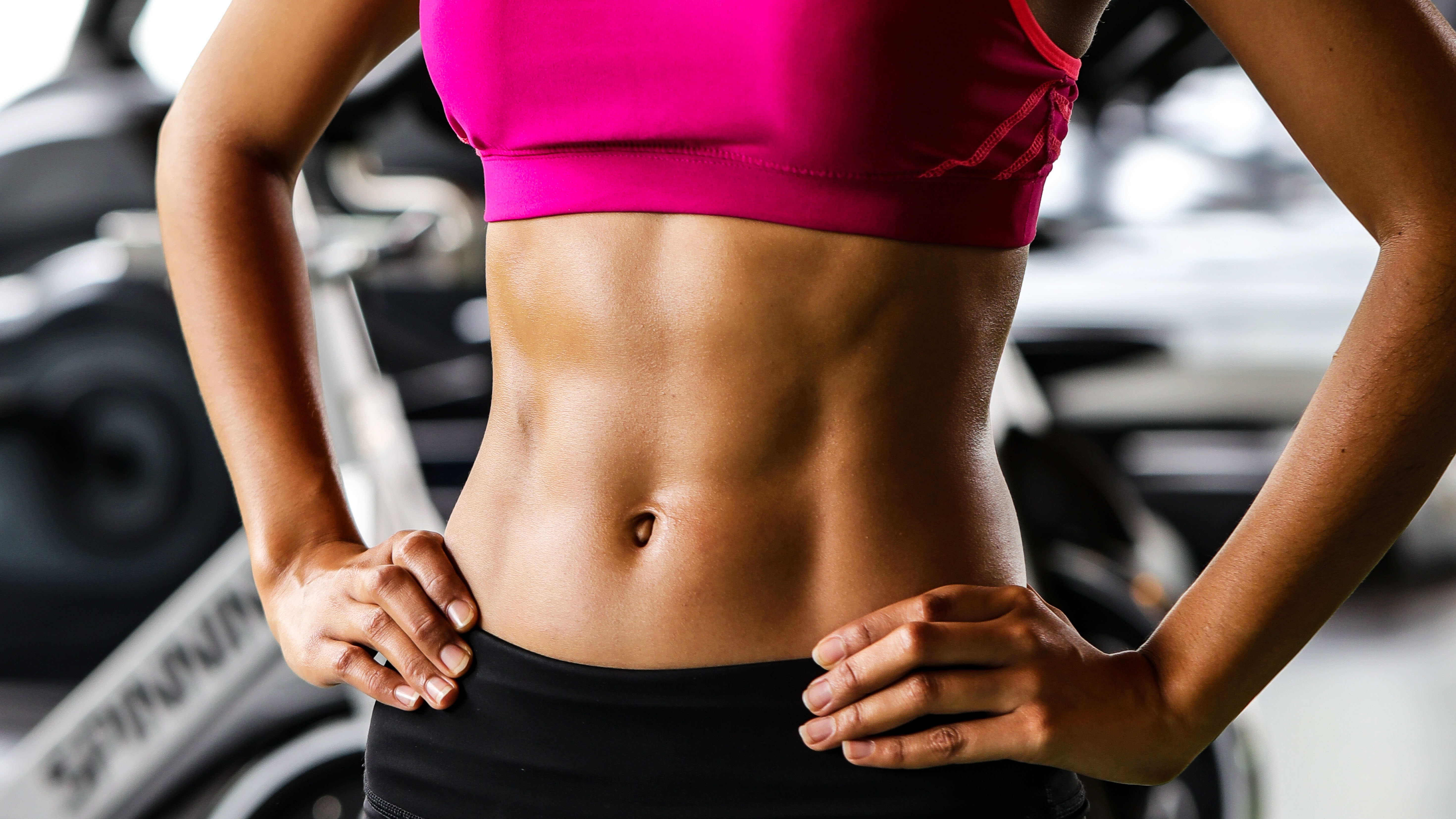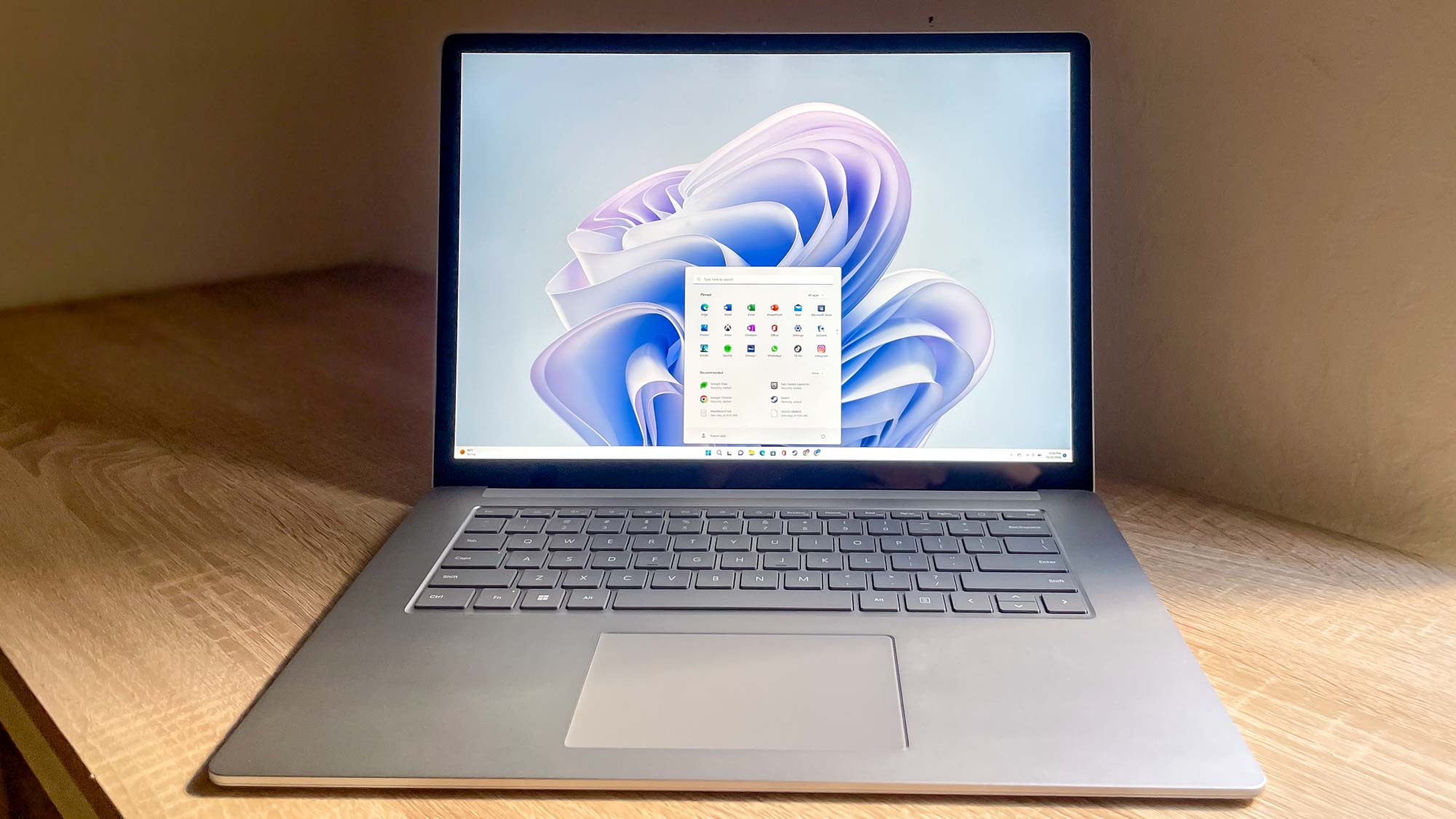
High reps vs heavy weights, which is better for building muscle? Determining whether you should lift heavy or increase your rep count depends on your fitness goals, and we’ve got some answers to help you decide which is for you.
Whether you plan to build muscle, increase strength or improve muscle endurance, barbells, kettlebells, or the best adjustable dumbbells will help you achieve it. But the muscle mass building process (called hypertrophy) requires particular variables and stimuli, so reps and weights matter.
Fear not, because we've got some answers. Read on to find out whether you should lift heavier or increase reps to build muscle and why it all matters anyway.
High reps vs heavy weights
For most of us, throwing weights around doesn’t guarantee muscle growth. Despite being able to increase strength, improve muscle endurance and build muscle in various ways, there are core principles to follow for each if you want to reach success.
Lifting heavy weights for fewer reps (around 2-6) and higher sets (4-6) with rest periods of a few minutes is the preferred method for strength training programs. You’ll lift heavier weights close to your one rep max (1RM), which means choosing weights you could only manage a few reps at a time. Lifting heavier weights impacts the central nervous system and offers neuromuscular advantages, so you’ll need more rest between sets.
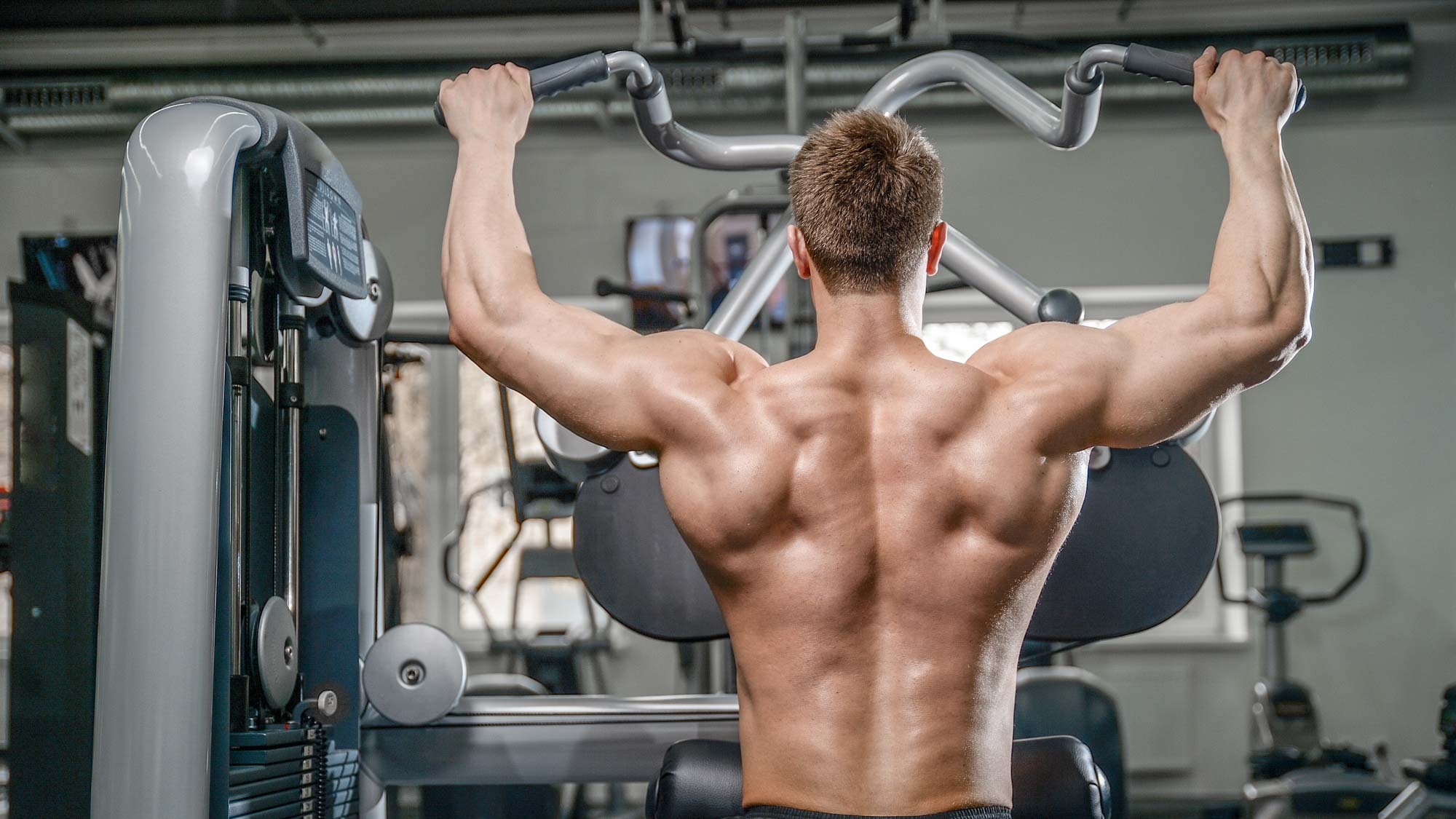
High rep ranges (above 12) with much lighter weights and less rest are known to improve muscular endurance by working muscles continuously, and hypertrophy training sits in the middle — around 3-4 sets of 8-12 reps of an exercise with 30-60 seconds of rest between sets. Of course, you don’t have to stick to these exact numbers, but the guidelines are tried and tested.
Hypertrophy requires lifting at a percentage of your 1RM, but as you close out the final reps, you should be reaching failure. If you find it too easy to hit your reps, increase weight. Incremental loading stimulates muscles to adapt and grow over time.
High reps vs heavy weights: which is better for muscle building?
If your goal is to develop the top end of your strength ability, focus on the principles we mentioned. But building strength doesn’t directly translate to building lean muscle mass and definition, and they’re not mutually exclusive.
Strength training impacts the central nervous system, creating more powerful muscles and stronger joints. When building maximal strength, the body activates large muscle groups to help achieve powerful movement, but it doesn’t require the muscle fibers to grow. Instead, the brain can create better neuropathways to recruit muscle fibers. In that case, muscles can adapt and strengthen without building in size.
If muscle building is your goal, let’s hone in on hypertrophy principles. Inducing hypertrophy changes the muscle size, whereas strength training increases the power and ability of the muscle.
During exercise, your muscle fibers develop micro-tears. It’s an injury (of sorts), but a good one for hypertrophy because your body will send healing to your muscles and produce the growth hormone. As a result, muscles can grow. Lifting lighter weights for more reps will help develop some strength, but it’s much better suited for changing muscle visibility, above all else.
And super high rep counts? Those muscles will become powerhouses for sustaining exercise.
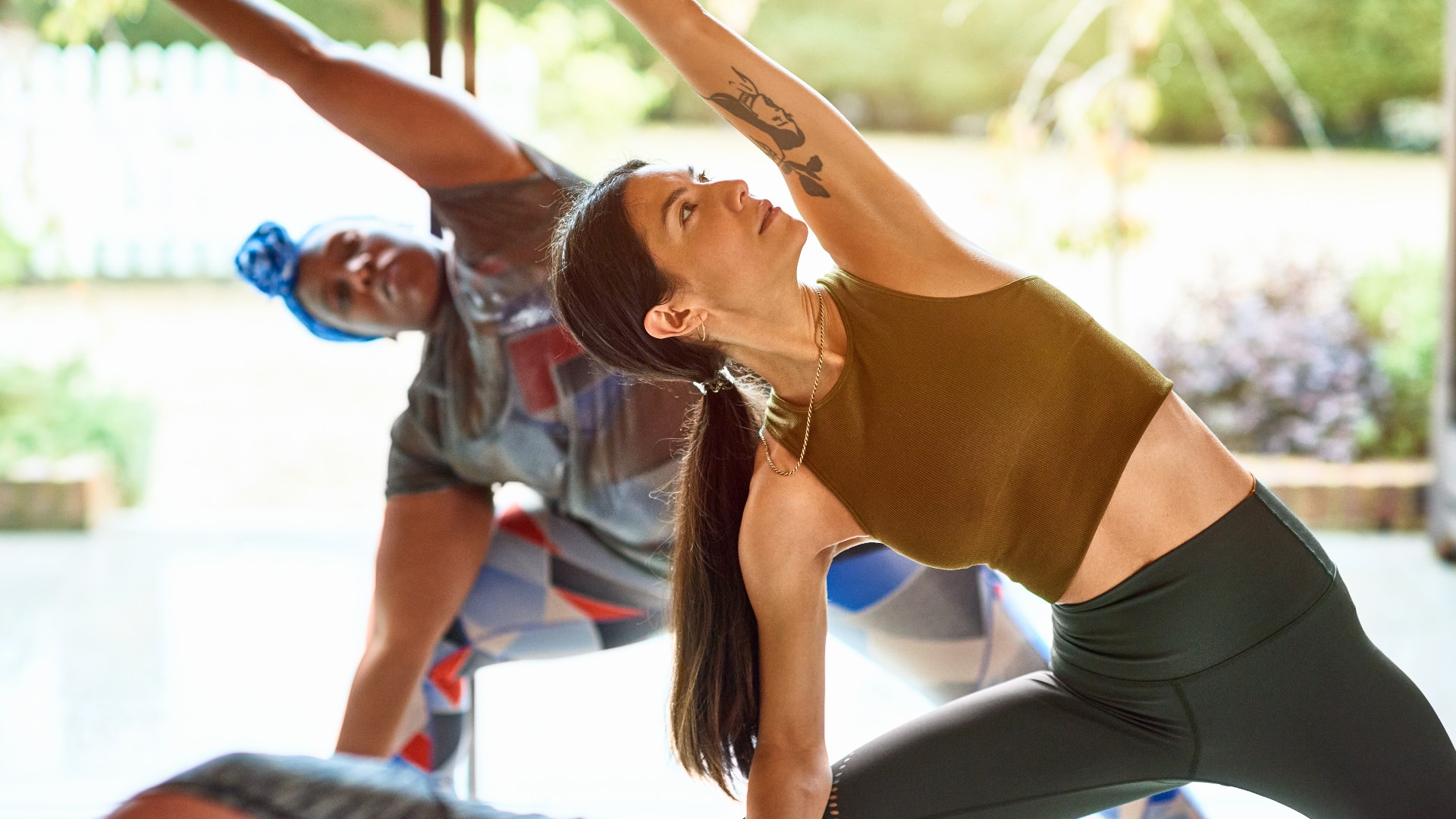
High reps vs heavy weights: energy systems
Let’s focus on two types of muscle fibers: slow twitch and fast twitch. Slow twitch muscle fibers are the first to recruit during exercise and are called upon during endurance-based activities without generating much force. They’re also the most fatigue resistant. Fast twitch fibers take over as intensity increases and generate strength or power-based movement like sprinting, the best CrossFit workouts, and other strength-based activities — they also fatigue quicker.
Research calls it size principle, which means that as force output increases, more muscle fibers and ‘higher frequency muscle fibers’ switch on. Equally, if there’s a moderate load, not all fibers activate. As your muscles fatigue, the research suggests that your neural system could compensate to maintain the contraction in the muscle and manage load by ‘elevating the activation level of the neural stimulus’ and activating new fibers.
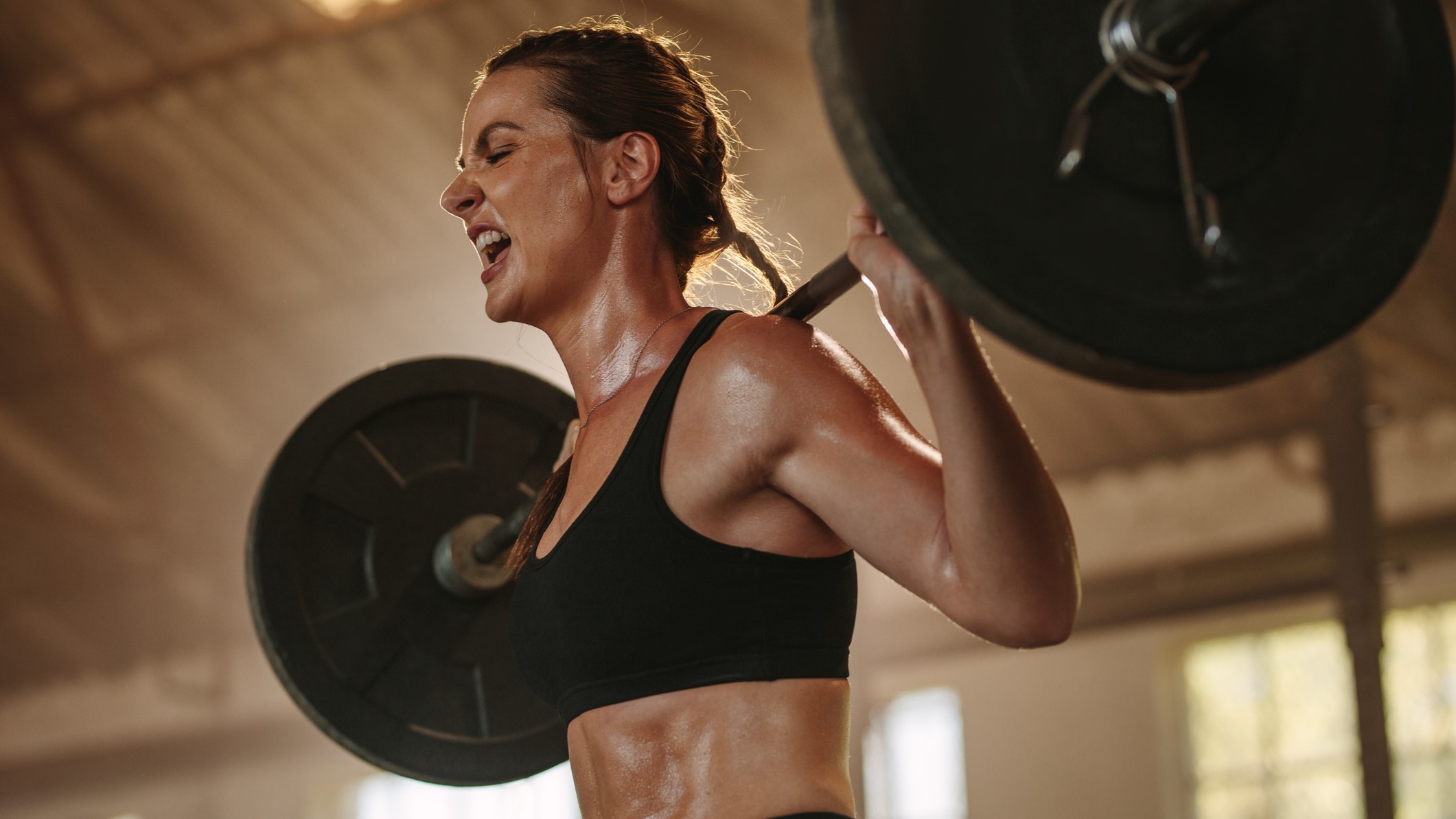
Interestingly, research from McMaster University challenges that you could lift lighter weights to fatigue (focusing on volume), which could be ‘as efficient as lifting heavy weights for fewer repetitions,’ citing fatigue as the key driver.
Moreover, one study found that muscle fiber type composition in athletes is crucial for performance. Elite sprinters predominantly have fast-twitch fibers and elite endurance athletes have ‘relatively more slow-twitch fibers.’ In short, the “typology” of an athlete’s muscle fibers matters, which suggests you could train your muscle fibers most suited to your sport.
High reps vs heavy weights for weight loss
The more lean muscle you have, the quicker your metabolism and the more likely you are to burn fat. We know that you can grow lean muscle through hypertrophy training.
You could argue that lifting heavy weights requires more power and energy to shift the load, contributing to calorie burn, while endurance training is a steady-state calorie burner.
If you’re lifting for a higher volume of reps for longer, you’re more likely to burn calories. The excess post-exercise oxygen consumption (EPOC) process occurs after high-intensity exercise (that could include weightlifting) for high reps or sustained periods — think CrossFit — and could keep you burning calories long after you’ve put down your weights. After exercise, your body will consume more oxygen to rebalance your body, increasing your metabolism.
Either way, the best way to encourage adaptation is through consistency and challenge, whether training for muscular growth, improving endurance, or building strength. Unless you have a specific goal, all these training principles are beneficial.
Just remember factors like stress, sleep, and diet drive body fat percentage. You can read up on how to calculate your body fat percentage and why it matters here.
How much weight should I lift?
First and foremost, the buzzword is ‘progressive overload,’ which involves increasing the intensity of a lift through the load, reps, sets, or even tempo — another technique called time under tension (TUT).
TUT is a brilliant way to challenge your muscles if you don’t own a set of heavy weights or adjustable weights that allow you to scale up. By adopting slower reps, you can stimulate muscles for longer, which could contribute toward muscle growth.
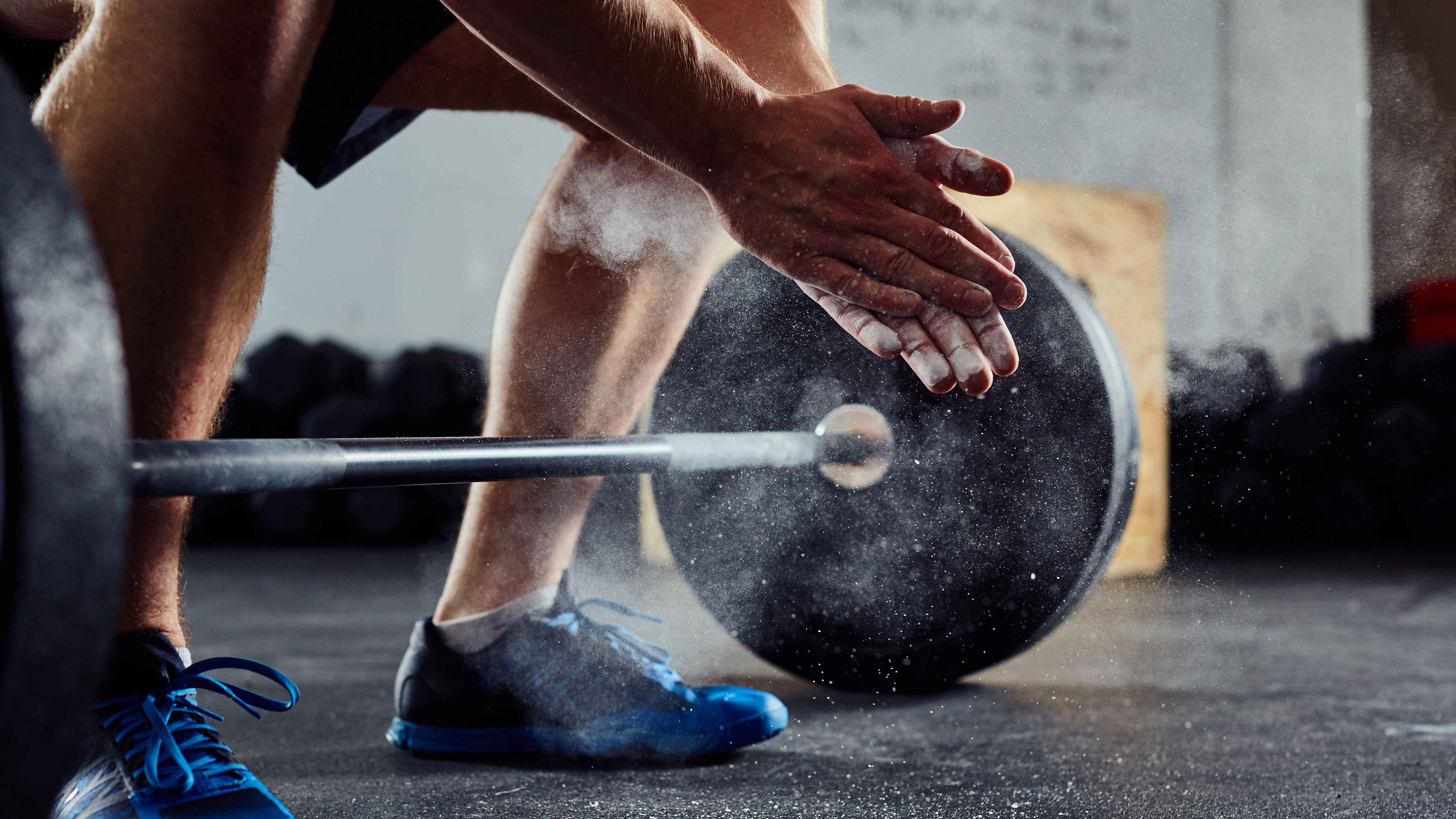
Regardless, weight ranges are relative to your ability, so it’s down to how you want to train. As we mentioned, for strength training, adopt a weight close to your 1RM. Aim for 65-85% of your max ability for hypertrophy training — a weight you can just about manage for your desired reps.
If you’ve never tested your 1RM, I recommend trying it with these core 5 barbell exercises for beginners, which include the fundamental lifts for strength training. And if you’re short on weights, we’ve got 5 clever ways to build muscle without lifting heavier weights.
More from Tom's Guide
Sign up to get the BEST of Tom's Guide direct to your inbox.
Get instant access to breaking news, the hottest reviews, great deals and helpful tips.

Sam Hopes is a level 3 qualified trainer, level 2 reiki practitioner and senior fitness writer at Tom's Guide. She is also currently undertaking her Yoga For Athletes training course. Sam has written for various fitness brands and websites over the years and has experience across brands at Future such as Live Science, Fit&Well, Coach, and T3.
Having worked with fitness studios like F45 and Virgin Active, Sam now primarily teaches outdoor bootcamps, bodyweight, calisthenics and kettlebells. She also coaches mobility and stretching-focused classes several times a week and believes that true strength comes from a holistic approach to training your body.
Sam has completed two mixed doubles Hyrox competitions in London and the Netherlands and finished her first doubles attempt in 1:11.
